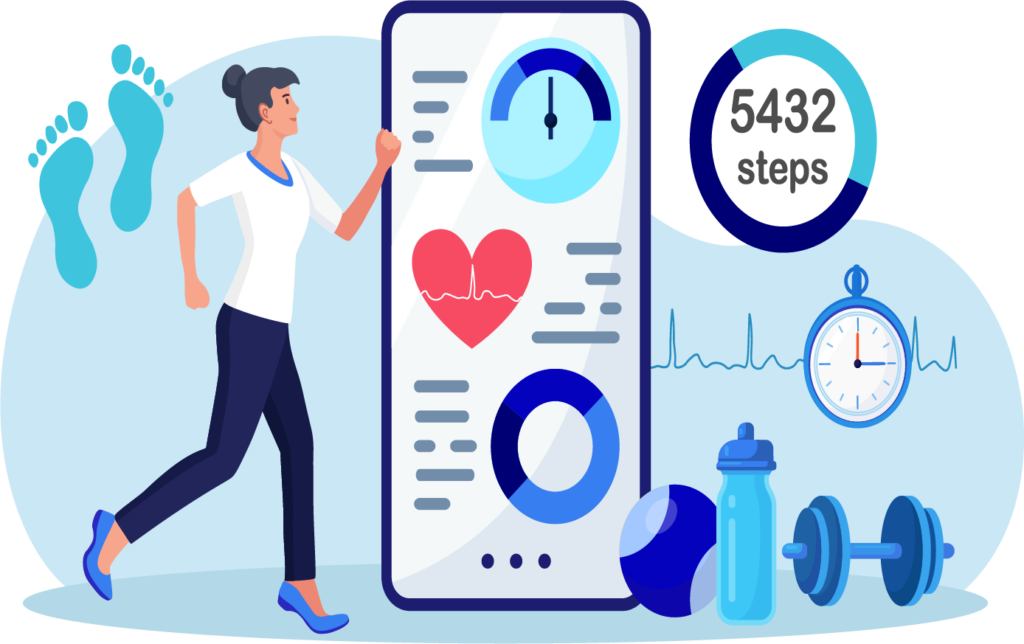It’s a common refrain in senior living that today’s assisted living communities are closer to yesterday’s skilled nursing facilities.
Seekers of Meaning Podcast Posted Online March 7, 2025
What's Next Longevity Deal Talk Episode 32, January, 2025
What's Next Longevity Venture Summit, June, 2025

 Losses to scams continue to grow. One wonders if there is an entire funding source somewhere that pumps money into new and scam incarnations – like the
Losses to scams continue to grow. One wonders if there is an entire funding source somewhere that pumps money into new and scam incarnations – like the  The 2024 media message touts aging in place. It’s what everyone wants to do, even those with homes that are difficult to navigate, long distances from family, and must have major modifications to enable remaining there. Yet you read this message nearly every week --
The 2024 media message touts aging in place. It’s what everyone wants to do, even those with homes that are difficult to navigate, long distances from family, and must have major modifications to enable remaining there. Yet you read this message nearly every week --  Older adults today are beneficiaries of widespread tech access. And it really does fulfill the 2011 prediction in the AARP report,
Older adults today are beneficiaries of widespread tech access. And it really does fulfill the 2011 prediction in the AARP report,  An old report, the core concept of Connected Living was excellent and predictive. Thirteen years ago, AARP sponsored research that posed questions about technology’s future role in connecting older adults with families, resources and each other. With input from 30 industry experts, the research attempted to determine how technology could better serve older adults moving forward. The result was a 2011 report called
An old report, the core concept of Connected Living was excellent and predictive. Thirteen years ago, AARP sponsored research that posed questions about technology’s future role in connecting older adults with families, resources and each other. With input from 30 industry experts, the research attempted to determine how technology could better serve older adults moving forward. The result was a 2011 report called 